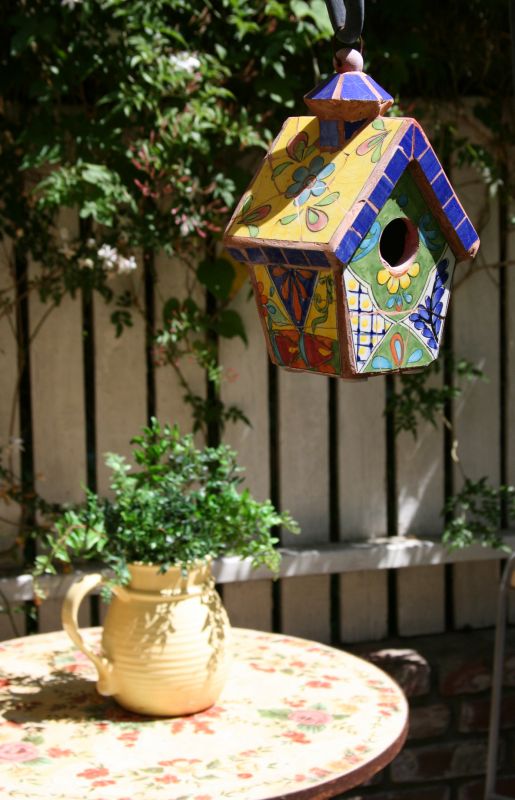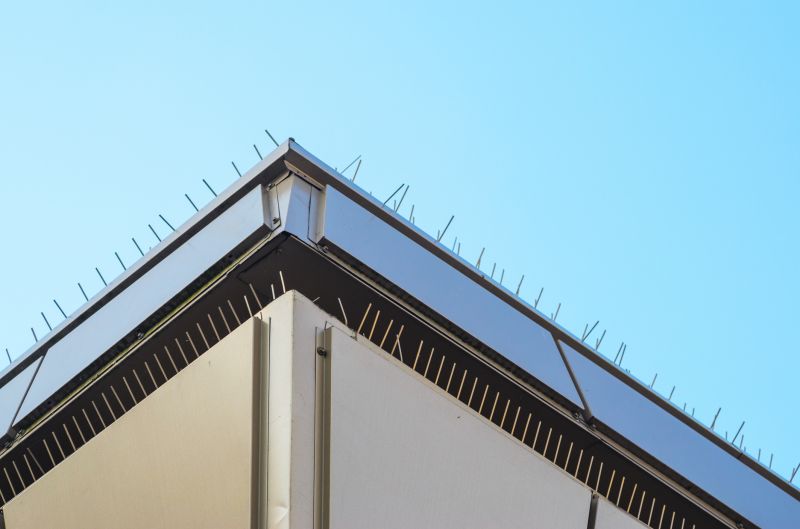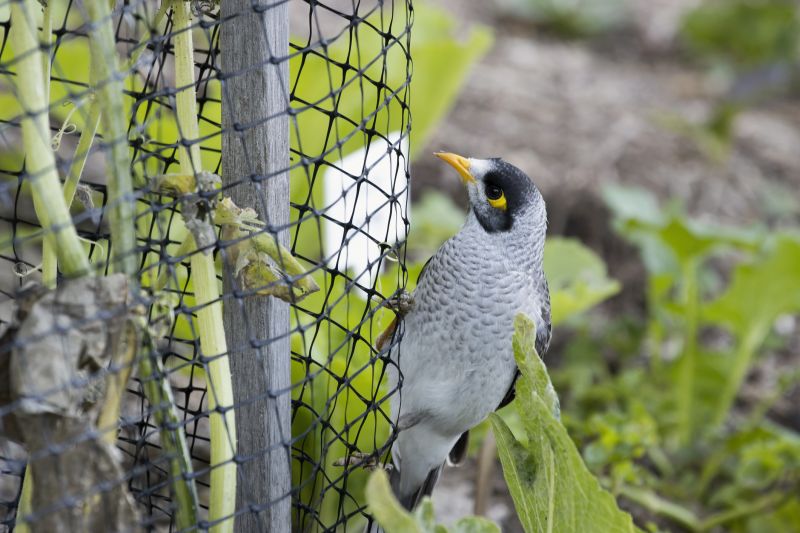Optimal Timing for Bird Control Measures
Implementing bird control measures at optimal times can significantly enhance their effectiveness. The timing depends on bird activity patterns, breeding seasons, and local climate conditions. Proper scheduling ensures that interventions are most impactful, reducing bird presence and preventing damage or nuisance.
Bird control is most effective before nesting begins, typically in spring. Early intervention prevents birds from establishing nests, reducing long-term issues.
Post-breeding seasons are suitable for maintenance and reinforcement of bird deterrent systems to prepare for the next cycle.
Continuous monitoring ensures timely responses to bird activity, especially in regions with year-round bird presence.
Avoid implementing certain control methods during extreme weather conditions to maximize safety and effectiveness.

Ways to make Bird Controls work in tight or awkward layouts.

Popular materials for Bird Controls and why they hold up over time.

Simple add-ons that improve Bird Controls without blowing the budget.

High-end options that actually feel worth it for Bird Controls.

Finishes and colors that play nicely with Bird Controls.

Little measurements that prevent headaches on Bird Controls day.
| Season | Recommended Timing |
|---|---|
| Spring | Implement bird controls before nesting begins |
| Summer | Maintain and monitor deterrent systems |
| Fall | Prepare for migration and post-breeding |
| Winter | Assess and plan for upcoming seasons |
| Breeding Period | Target interventions to prevent nest building |
Bird controls encompass a variety of strategies designed to deter birds from specific areas. These include physical barriers, visual deterrents, auditory devices, and habitat modifications. Effective timing enhances the success of these methods, minimizing bird-related nuisances and damage to property.
Statistics indicate that early intervention reduces bird-related issues by up to 80%. Implementing bird controls before nesting season begins is crucial for long-term effectiveness. Regular maintenance and timely updates to deterrent systems help sustain their efficiency over time.

A 60-second routine that keeps Bird Controls looking new.

A frequent mistake in Bird Controls and how to dodge it.

Small tweaks to make Bird Controls safer and easier to use.

Lower-waste or water-saving choices for Bird Controls.
Interested parties are encouraged to contact for detailed assessments and tailored bird control strategies. Proper timing and implementation can lead to effective management of bird-related concerns, protecting property and reducing nuisances.



